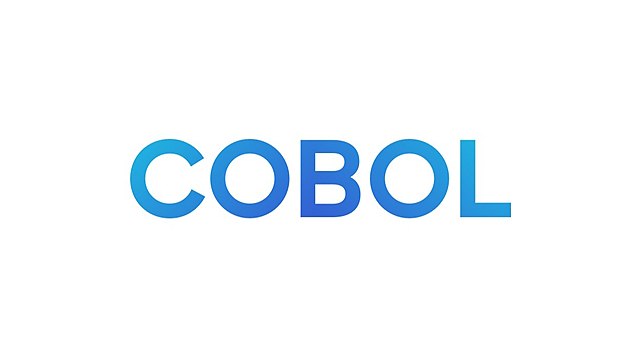Introduction:
COBOL (Common Business Oriented Language) is a robust programming language primarily used in business, finance, and administrative systems. Understanding COBOL data types is fundamental to writing efficient and effective COBOL programs. In this tutorial, we’ll explore the different data types available in COBOL and provide code examples to illustrate their usage.
1. Numeric Data Types:
COBOL supports various numeric data types, including integers and floating-point numbers.
1.1. Integer Data Types:
Integer data types in COBOL are used to represent whole numbers. They can be signed or unsigned.
01 INTEGER-VARIABLE PIC S9(4) VALUE -1234.
01 UNSIGNED-VARIABLE PIC 9(5) VALUE 56789.1.2. Floating-Point Data Types:
Floating-point data types are used to represent numbers with fractional parts.
01 FLOATING-VARIABLE PIC S9(5)V99 VALUE -123.45.2. Alphanumeric Data Types:
Alphanumeric data types in COBOL are used to store characters and strings.
01 STRING-VARIABLE PIC X(10) VALUE "HELLO".3. Group Data Types:
Group data types allow you to group multiple fields together.
01 PERSON-RECORD.
05 NAME PIC X(20).
05 AGE PIC 99.4. Usage of USAGE Clause:
The USAGE clause specifies how data should be stored in memory.
01 BINARY-VARIABLE PIC 9(4) USAGE BINARY.
01 COMP-VARIABLE PIC 9(4) USAGE COMP.Conclusion:
Understanding COBOL data types is crucial for developing COBOL applications. In this tutorial, we’ve covered the essential data types, including numeric, alphanumeric, and group data types, along with examples to help you grasp their usage. With this knowledge, you’ll be well-equipped to work with data effectively in your COBOL programs.


